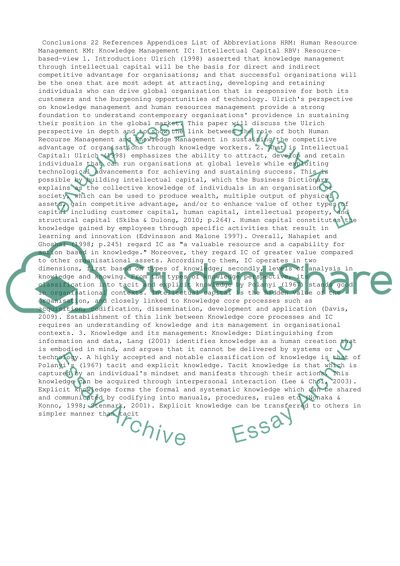Cite this document
(“The Role of Knowledge Management and Human Resource Management in Research Paper”, n.d.)
Retrieved from https://studentshare.org/management/1430766-the-role-of-knowledge-management-and-human
Retrieved from https://studentshare.org/management/1430766-the-role-of-knowledge-management-and-human
(The Role of Knowledge Management and Human Resource Management in Research Paper)
https://studentshare.org/management/1430766-the-role-of-knowledge-management-and-human.
https://studentshare.org/management/1430766-the-role-of-knowledge-management-and-human.
“The Role of Knowledge Management and Human Resource Management in Research Paper”, n.d. https://studentshare.org/management/1430766-the-role-of-knowledge-management-and-human.


